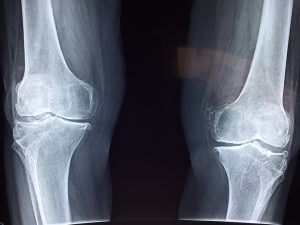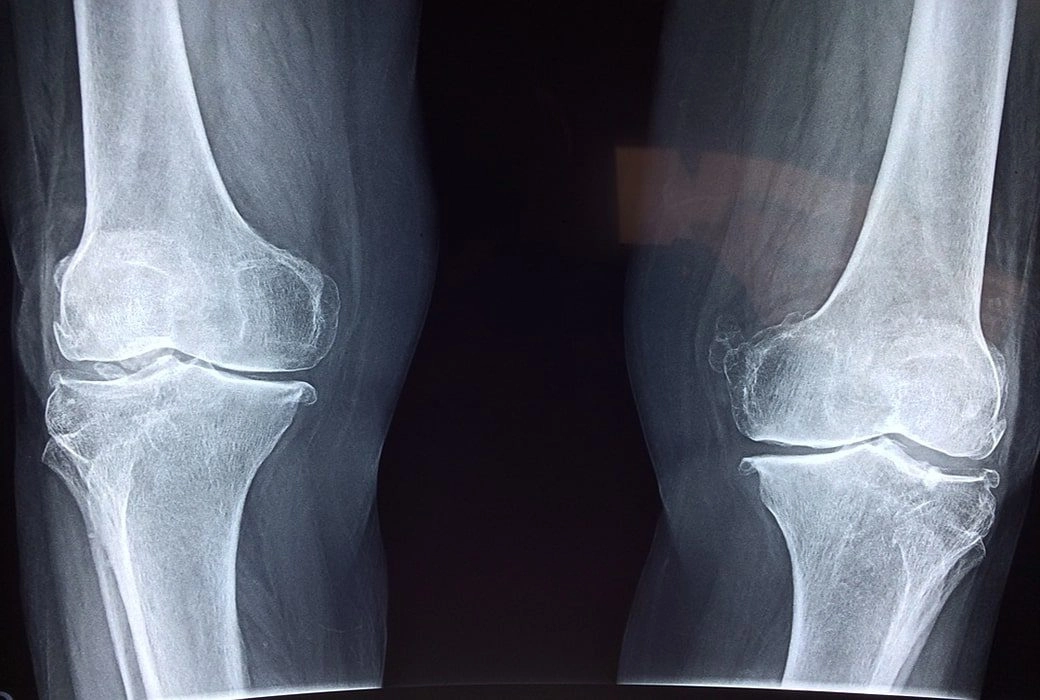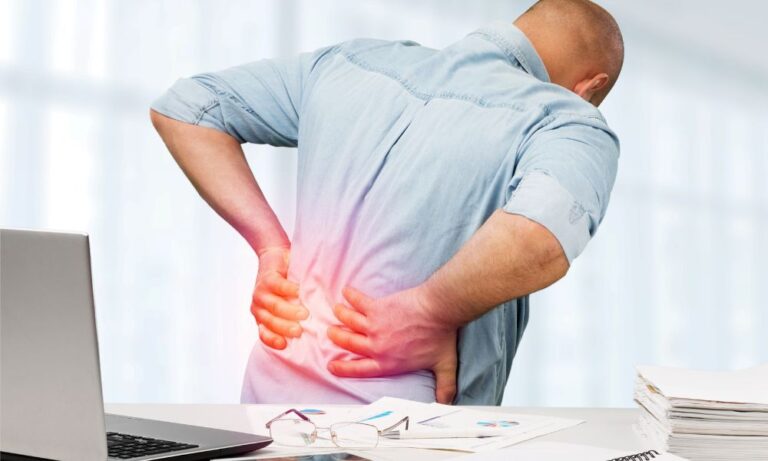What is Bursitis?
Bursitis is an agonizing condition that affects the bursae (small, fluid-filled sacs that cushions muscles, tendons, and bones near joints). Usually, when one or more of the bursa becomes inflamed, the outcome is bursitis.
A bursa is a sac with a significant space that makes it easier for one tissue to slide over another. Your body has roughly one hundred and sixty bursae, but only a few of these sacs would become clinically affected.
Bursitis would mainly affect the following parts of the body: knee, hip, elbow, and shoulder. However, the condition can present itself on the base of the big toe and heel. Generally, the condition is most likely to manifest near joints that are associated with repetitive motion.
What Causes Bursitis?
Bursitis is typically caused by inflamed or irritated bursae when the affected area is overused with repetitive motion or vigorous activity. The condition can also be caused by bacterial infection. Major medical conditions such as arthritis and gout may cause bursitis.
Another significant cause is age. As tendons grow old, they tend to tear easily, become less elastic and are unable to tolerate too much stress. With age, it is easy to overuse or cause injury to susceptible joints of the body.
High-risk activities can potentially lead to bursitis, including gardening, pitching, throwing, skiing, golf, tennis, scrubbing, and carpentry. These kinds of activities can promote incorrect posture, overuse, and injury of the vulnerable areas.
Presentation of Bursitis
The main symptom of bursitis is pain at the affected joint that worsens when you move. The pain can be intense and it is associated with both active and passive movements. Other symptoms are tenderness and stiffness.
For some people, bursitis presentation is characterized as acute, referring to the increasing intensity of pain. This usually occurs when movement aggravates the condition. Commonly, there are hardly visible signs other than guarded movement patterns.
Types of Bursitis
According to NCBI, there are four major types of the condition, including prepatellar, trochanteric, olecranon, and retrocalcaneal bursitis.
1. Prepatellar Bursitis

Prepatellar is an inflammation of the bursal sac situated between the overlying skin and the patella. The most popular cause is trauma due to a fall or direct pressure and friction of repetitive kneeling. This is one of the types of bursitis that may become infected.
The diagnosis of prepatellar is normally not difficult. Swelling occurs superficial to the patella, and effusion may or may not appear. The range of motion is reasonably painless. A patient may complain of knee swelling and knee pain just over the front of the knee.
2. Trochanteric Bursitis

Trochanteric bursitis is defined by an aching pain over the lateral aspect of the hip followed by distinctive tenderness on palpation around the greater trochanter. This type of bursitis is more common in arthritis conditions as well as fibromyalgia.
This condition is also observed after surgery. This is mainly so in osteotomies. The trochanteric bursa may inflame in case of injury or overuse. This particular disorder affects middle-aged or older folks. The major causes are muscle tears, poor posture, hip injuries, and other diseases.
3. Olecranon Bursitis
Olecranon is one of the common types of bursitis. It is defined by swelling situated just behind the olecranon process of the ulna. This condition is diagnosed by the appearance of a fluctuant swelling over the elbow.
The bursa normally becomes infected. Hurtful olecranon bursitis is hemorrhagic and xanthochromic fluid may be present. If you are prone to this condition, you are advised to avoid leaning or resting on your elbows.
4. Retrocalcaneal Bursitis

Retrocalcaneal bursitis is characterized by pain at Achilles tendon. It is caused by chronic inflammation of bursa due to friction, supination, and overpronation. Your physician may palpate the foot to check the flexibility of calf muscles.
Chronic retrocalcaneal bursitis is followed by severe pain and swelling of the posterior soft tissue located in front of the Achilles tendon. You should also know that this type of bursitis is regularly accompanied by mid-portion insertional tendinosis.
Who Is Most Likely to Get Bursitis?
Anyone of any age can get bursitis, but age is a significant factor. Therefore, the condition is more common in adults than in children. This is particularly so for individuals in their forties and beyond. With age comes worn out muscles and bones, which are susceptible to bursitis.
Risk Factors for Bursitis
- Excessive pronation of the foot
- Leg length discrepancy
- A broad pelvis
- Irritation of the bursa by a tight overlying ITB
- Osteoarthritis in the knee
- Obesity
- Tight hamstring muscles
- Incorrect training techniques
- Neglecting to stretch
- Sudden increase in mileage
In Summary
The unfortunate pain in the shoulder, elbow, knee or hip, can and does strike anyone. The shoulder may be the most common locale for bursitis, but beware any of the other bursae can get irritated and inflamed due to one reason or another.
Although bursitis may hurt as much as arthritis, it is not a joint disorder. Sometimes it persists and becomes chronic, but with an early checkup and proper treatments, most attacks of the condition go away in the shortest duration possible.
Schedule an Appointment and Receive
FREE One-Hour Massage Certificate
That’s right! Receive a certificate for a free one-hour massage with our highly-trained and licensed massage therapists for use after your first appointment. Use it yourself, or give it to a friend.
[gravityform id=”8″ title=”false”]









